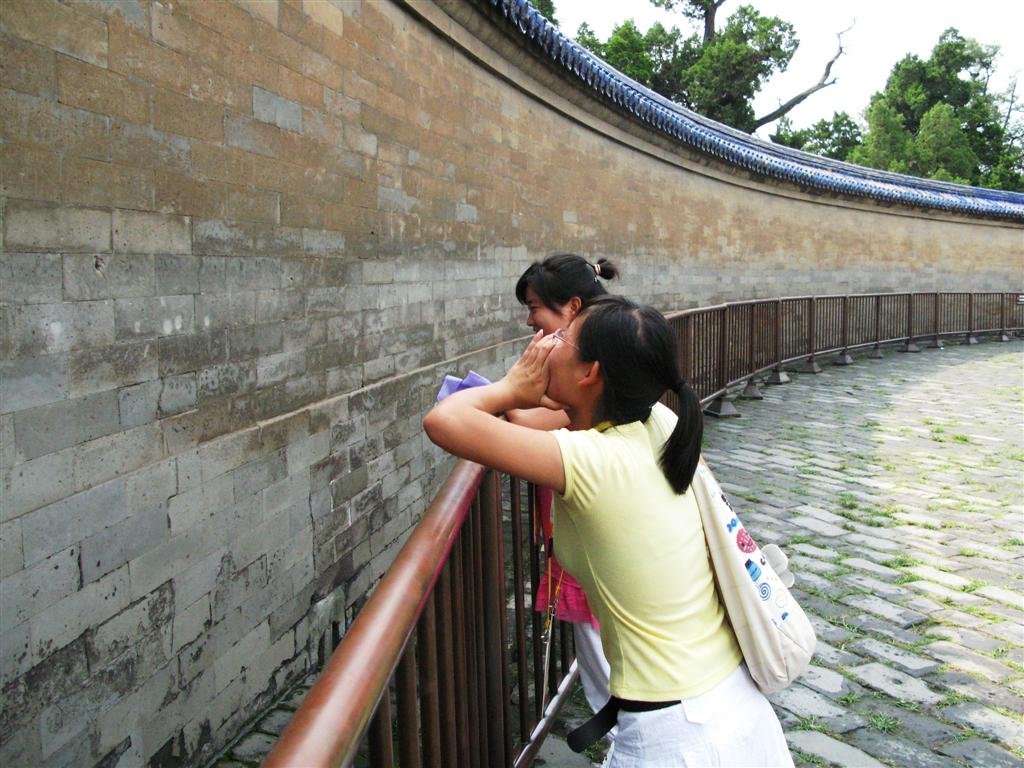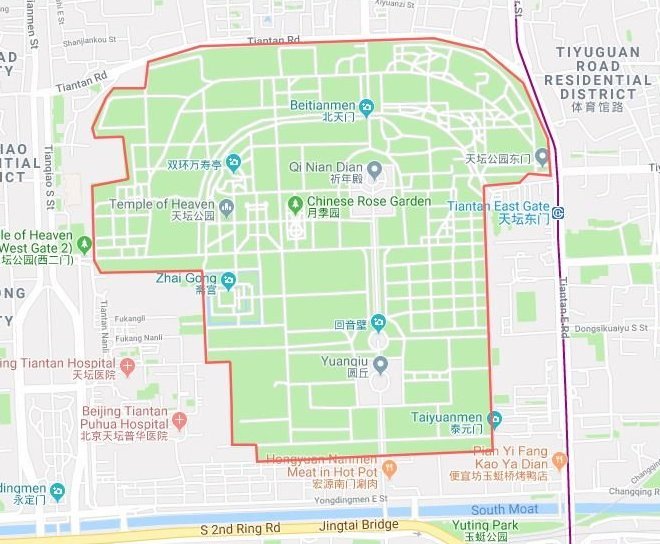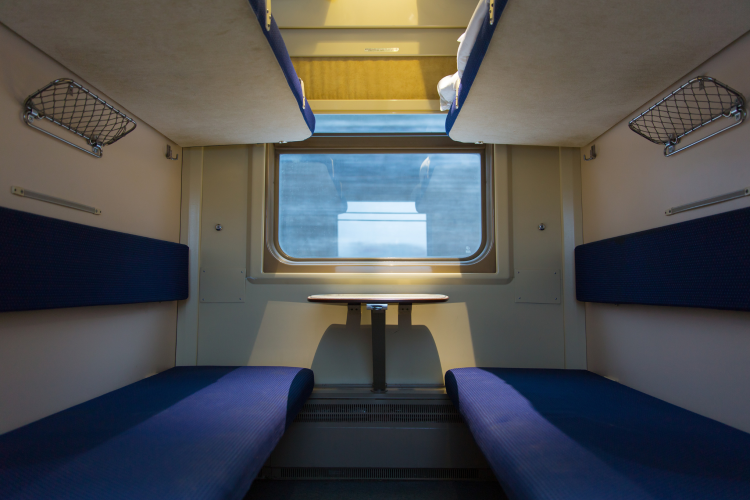Park Life: Everything You Need to Know About Temple of Heaven
Life's a park! We take a look at Beijing's most beloved parks, dig into what makes each of them special, and why they're worth your time to explore. Note: Temple of Heaven has officially reopened but you will need to show your Health Kit app at the entrance and abide by the usual disease prevention measures. Read more about those here (in Chinese).
The practical stuff
Name: Temple of Heaven 天坛
Address: Yongdingmen Dajie (West Gate), Chongwen District 崇文区永定门内大街 (天坛西门)
Opening hours: Daily 6am-10pm (park), 8am-5pm (sites)
Price: RMB 15 in summer (April to October), RMB 10 in winter (November to March) for park access, RMB 35 for access to all sites in summer, RMB 28 in winter. Tickets can be purchased at the gate either at the ticket window or via WeChat by scanning QR codes posted nearby.
Amenities: Restrooms (a few even featuring facial recognition scanners for the dispensing of toilet paper); East Gate is easily accessible by subway; snack and souvenir stalls. Better food options are available in the basement of the Hongqiao (“Pearl”) Market located across the street from the Temple of Heaven East Gate.
Known for: Combining some of Beijing’s most iconic imperial buildings with one of the city’s liveliest (and largest) public parks.
A brief history
Not really a single temple, the Temple of Heaven (天坛公园 tiāntán gōngyuán) is an altar complex with a history dating back to the early 15th century. Like most sites in Beijing, it has been remodeled several times. In the 16th century, the Jiajing Emperor [r. 1521-1567] rebuilt and expanded the complex creating the dual altars which exist today. The whole complex got a Qing-era makeover under the Qianlong Emperor [r. 1736-1796] who added the striking cobalt-blue rooftops to the Hall of Prayer for Good Harvests and the Imperial Vault of Heaven. The last rituals to be performed by a state leader here were in 1913 (pub quiz answer: "former president/aspiring emperor Yuan Shikai"). In 1918, the complex opened as a public park and was designated a UNESCO World Heritage Site in 1998.
What you can do there
In the southern part of the park, the Round Altar was once an open-air ritual space where China’s rulers venerated Heaven. The Imperial Vault of Heaven, just to the north of the Round Altar, is surrounded by the famous 'Echo/Whispering Wall,' which thanks to its shape and acoustic design can carry sound much further than normal, and allow two people standing at different points along the wall to conduct a conversation at normal volume. To give it the best chance, angle your head slightly and speak in the direction you want the sound to travel rather than shouting directly into the stone.

Leading north from the Echo Wall and at the end of a 300-meter causeway is the Hall of Prayer for Good Harvests. This triple-tiered tower, rebuilt in 1889 following a fire, is one of the most famous buildings in Beijing. Twenty-eight columns support three tiled rooftops without nails or screws in a stunning example of traditional Chinese architecture.
The park also includes the Divine Kitchens (where attendants prepared offerings to the deities), the Hall of Abstinence, and some of the side halls at the Hall of Prayer for Good Harvests contain exhibits, mostly in Chinese with some English translation, on imperial ritual and cosmology.
Those less interested in history (or crowds) can wander through the nearly 3 square kilometers of trees and gardens. In the early morning and late afternoon, the park comes alive as Beijingers drop by to dance, sing, work out, and socialize. There’s also a lively marriage market (think a low-tech version of Tinder where the parents do the swiping for their adult children) many mornings and weekends near the East Gate.

What sets this park apart?
The popularity of this park with local Beijingers, especially on weekend mornings, make it the perfect place to combine local Beijing culture with one of the city's most important imperial-era relics.
The size of the park also means that even on busy holidays, there are always spots of relative tranquility and places to walk among the trees and escape the tumult of modern Beijing.
READ: Marble Floor at Tiantan Park Believed to "Cure Illness"
Images: Flickr, Google Maps, Sean's Olympic Blog, Wikimedia Commons








